Amaryllis: A Beauty Bulb
Amaryllis bulbs are easy to grow and produce blooms to captivate you. They can be grown indoors or out, and over an extended period of time. Wondering where they are native? Amaryllis originated in South America's tropical regions and has the botanical name Hippeastrum. The large, showy flowers and ease with which they can be brought to bloom make Amaryllis a popular bulb selection. The Amaryllis comes in many beautiful varieties including various shades of red, white, pink, salmon and orange. There are also many striped and multicolored varieties, usually combining shades of pink or red with white.
If you plant Amaryllis bulbs in the garden now, they will be triggered to bloom during the winter (Dec. & Jan.). It usually takes around 8 weeks for a bloom once they are planted.
The planting period for Amaryllis bulbs are from October until the end of April. They flower from late December until the end of June for lasting beauty. The flowering time is about 7-10 weeks, and larger bulbs produce more flowers. Unplanted bulbs should be kept in a cool place for storage.
Preparation for Planting
The base and roots of the bulb should be placed in lukewarm water for a few hours. If you cannot plant the bulbs immediately after receiving them, store them at a cool temperature between 40-50 degrees F.
Planting
Ideally, plant bulbs in a nutritious potting compost. We have mixes available and can help you with beginning your own pile! Plant the bulb up to its neck in the soil, being careful not to damage the roots. Press the soil down firmly to set the bulb securely in place after planting. They need to be planted in well-drained soil, regardless of the medium you choose!
Placement and Watering
Plant the bulb, or place the potted bulb in a warm place with direct light since heat is necessary for the development of the stems. The ideal temperature is 68 to 70 degrees F. Water sparingly until the stem appears, then, as the bud and leaves appear, gradually water more, keeping the soil evenly moist. At this point, the stem will grow rapidly and flowers will develop after it has reached full growth.
Flowering Period
Generally, bulbs will flower in 7-10 weeks. In winter the flowering time will be longer than in spring. This is ideal for cool-season flower interest in your garden. To achieve continuous bloom, plant at intervals of 2 weeks for stunning color in your home or garden. If planted in pot, rotate the pot two turns ever few days so the plant will grow straight when you see flower stalks begin to emerge.
After-Bloom Care
After-Flowering
After the Amaryllis has stopped flowering, it can flower again. Cut the old flowers from the stem after they bloom, and when the stem starts to sag, cut it back to the top of the bulb.
Leaf Growth and Development
Continue to water and fertilize as normal all summer, or for at least 5-6 months, allowing the leaves to fully develop and grow. When the leaves begin to yellow, which normally occurs in the early fall, cut the leaves back to about 2 inches from the top of the bulb and remove the bulb from the soil.
Bulb Storage
Clean the bulb and place it in a cool (40-50 deg. F), dark place such as the crisper of your refrigerator for a minimum of 6 weeks.
Caution: Do not store Amaryllis bulbs in a refrigerator that contains apples, this will sterilize the bulbs.
Plant Again
After 6 weeks you may remove bulbs whenever you would like to plant them. Plant bulbs 8 weeks before you would like them to bloom. They will get into their natural cycle and bloom again!
We have many beautiful bulb varieties of this amazing Amaryllis!

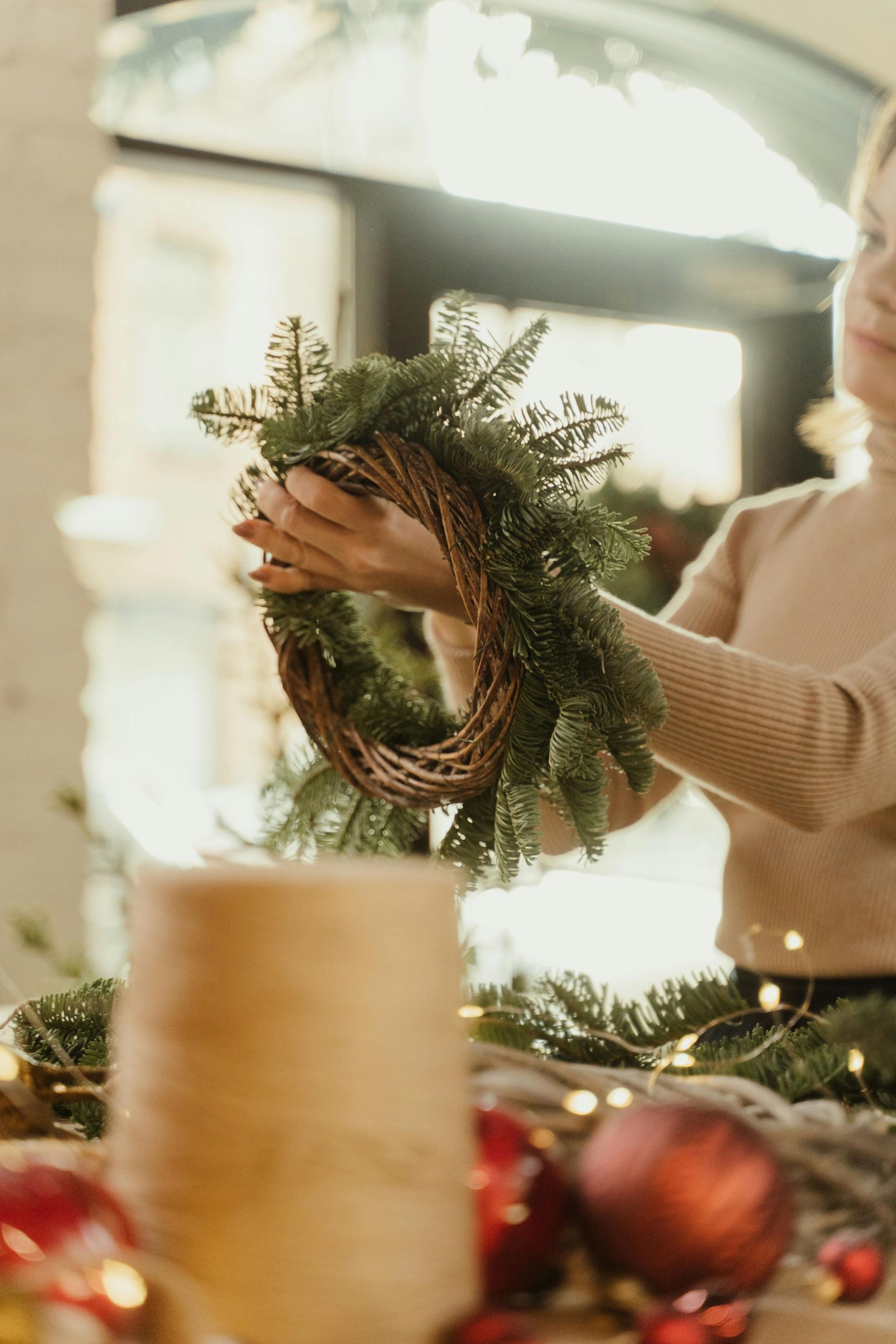


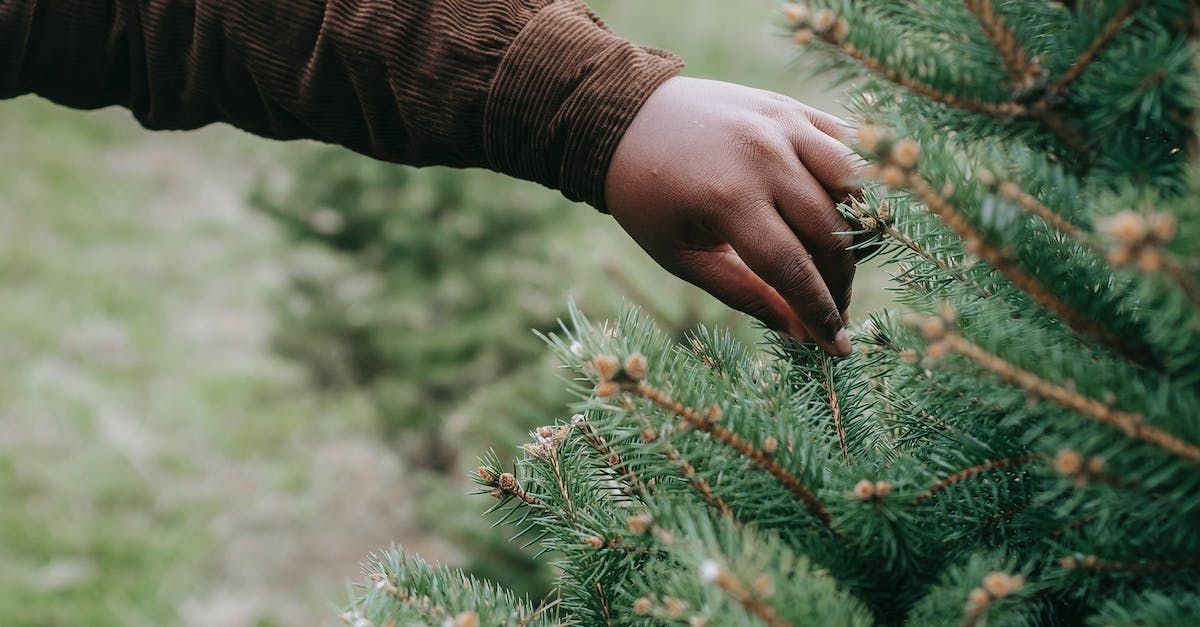
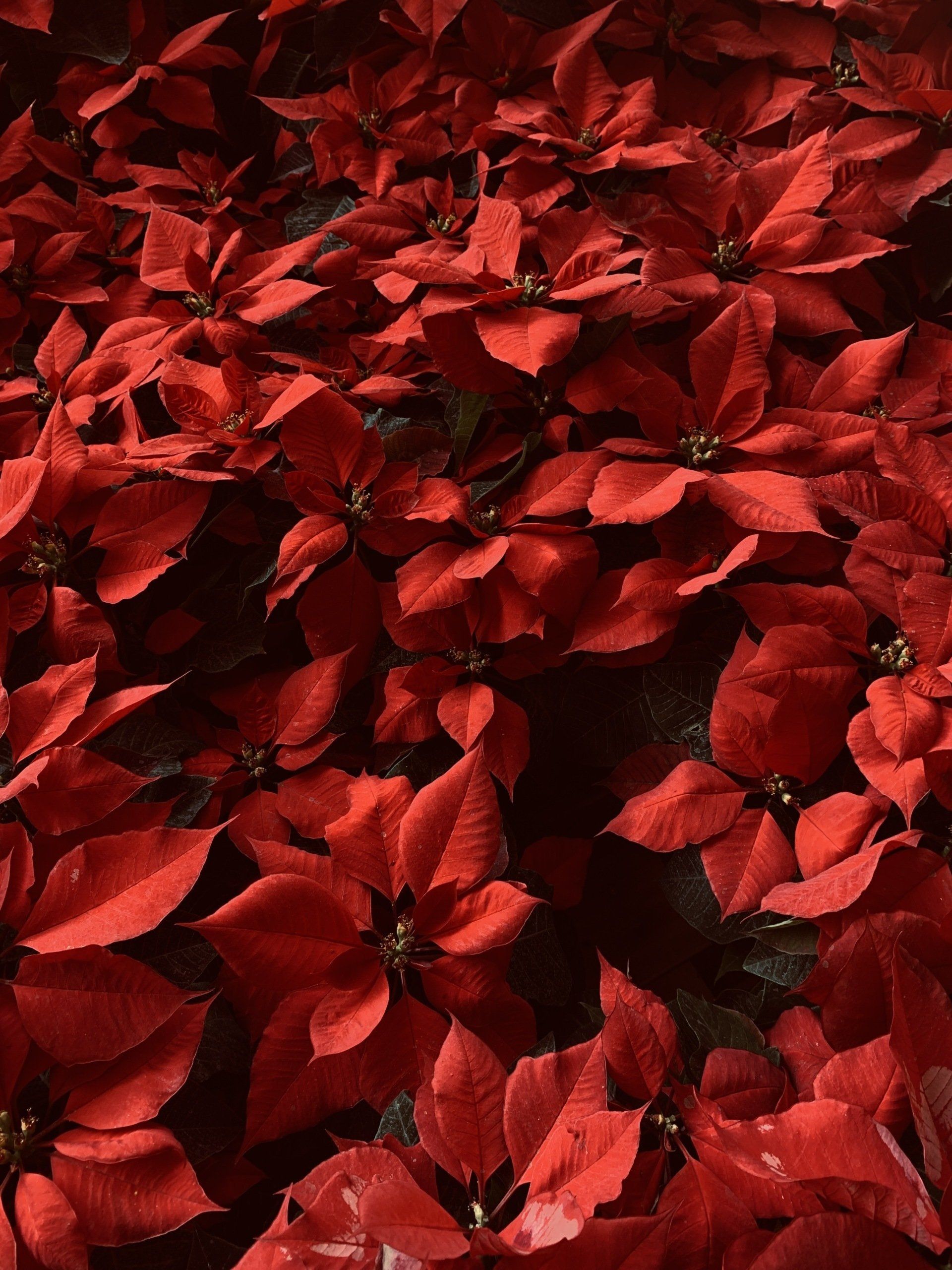
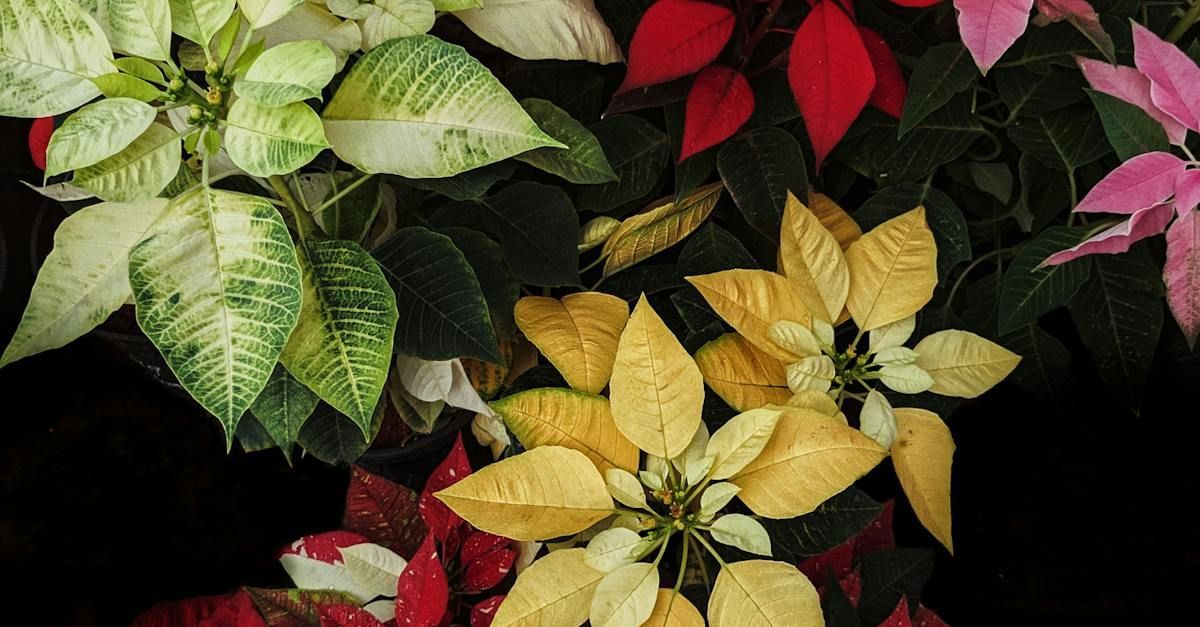
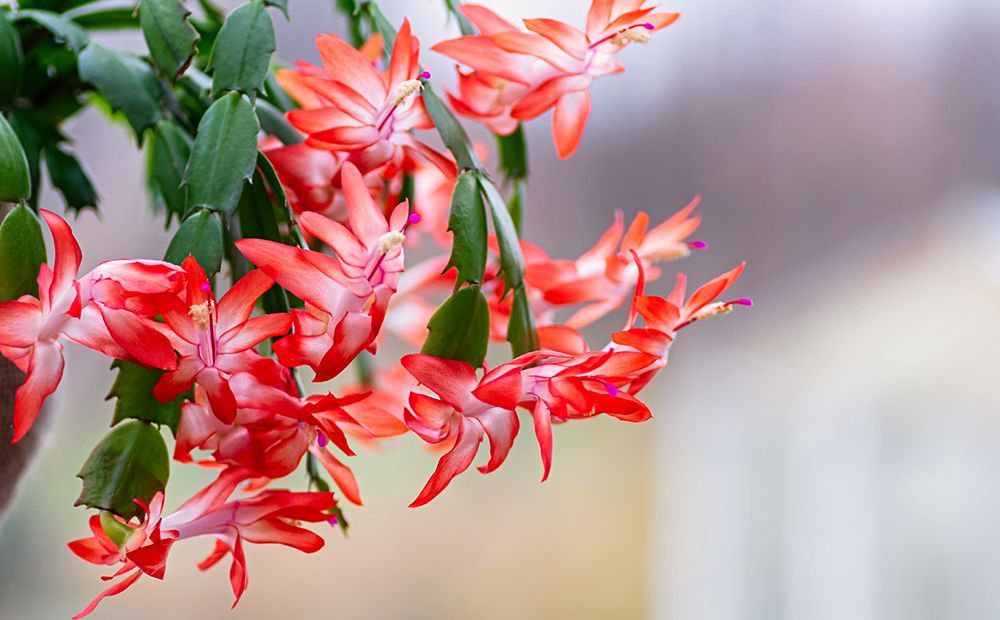
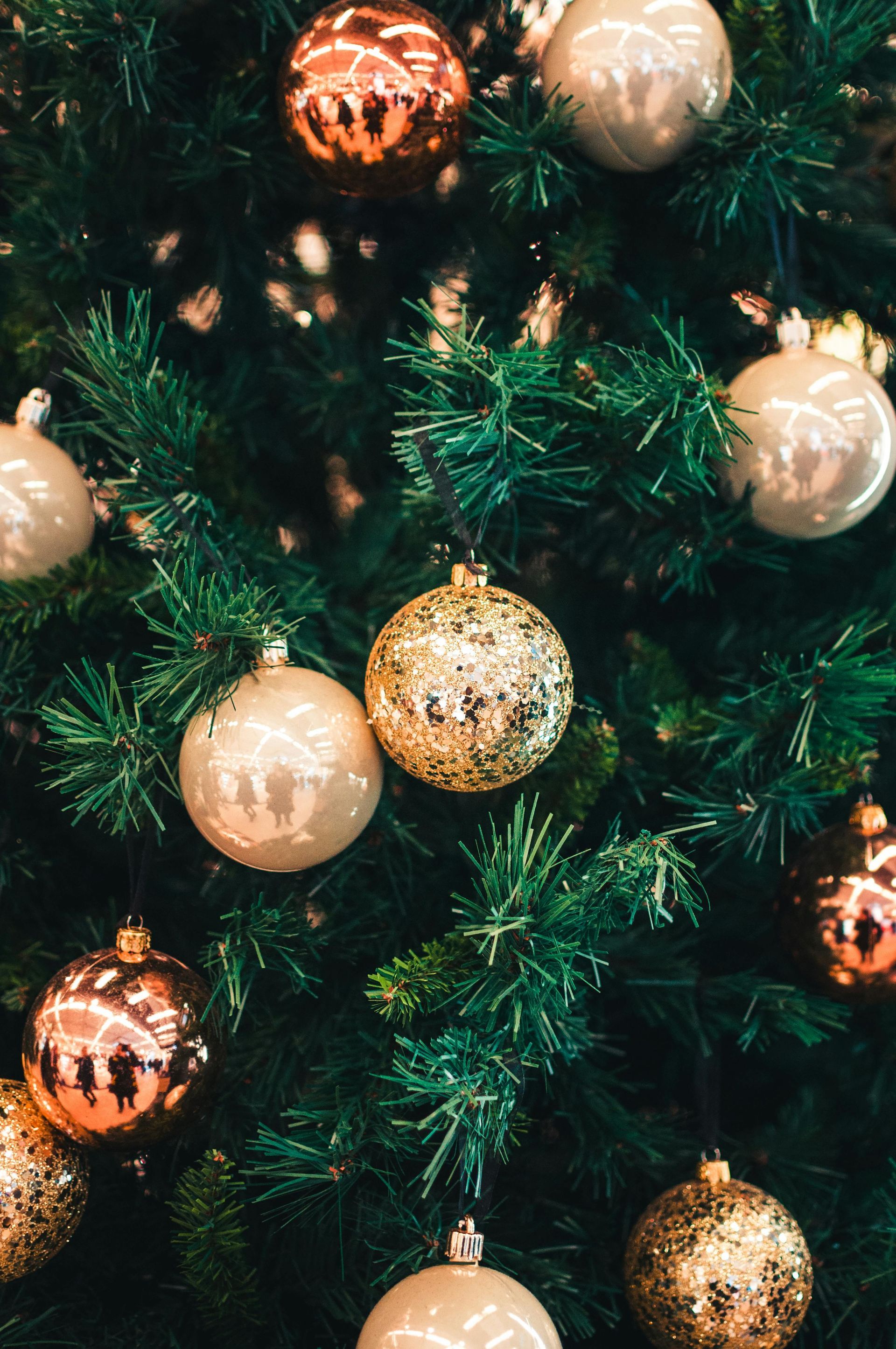
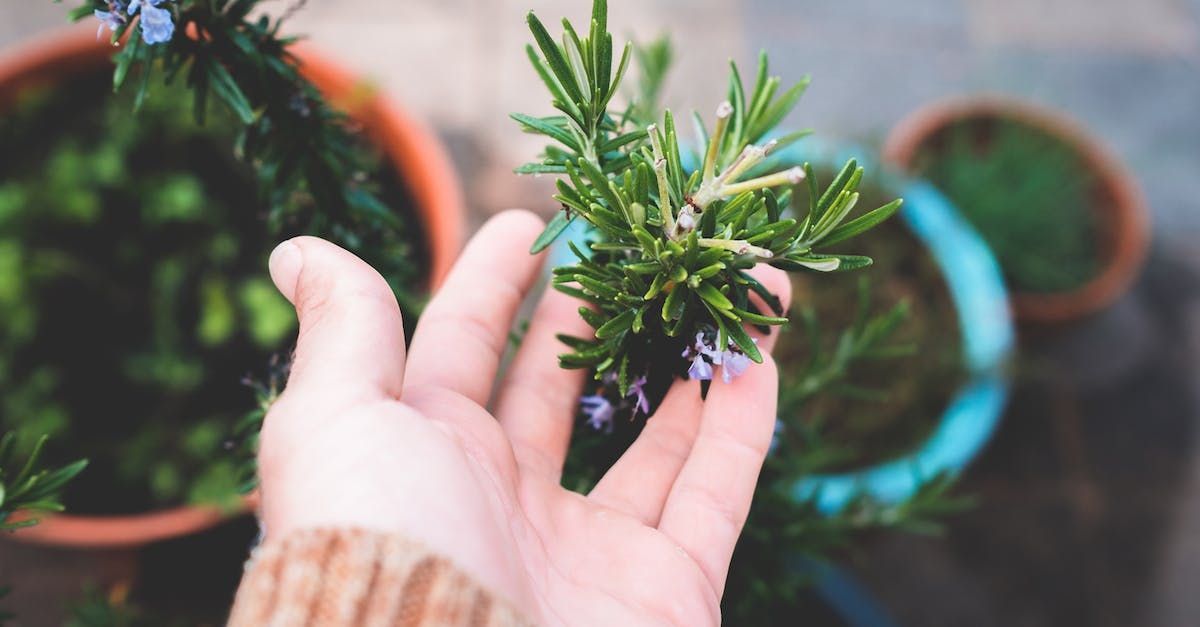
Browse Our Website
Our Services
Contact Information
Phone: (337) 264-1418
Email: info@buyallseasons.com
Location: 2974 Johnston St Lafayette, LA 70503
Business Hours:
Monday-Saturday 9am-6pm •
Sunday 10am-5pm


